Venezuela The 10 most touristically places, Venezuela, a South American nation blessed with diverse landscapes, rich biodiversity, and a unique blend of cultures, offers a tapestry of experiences for travelers. From the majestic Angel Falls to the historic streets of Caracas, Venezuela beckons adventurers with its natural wonders, colonial charm, and vibrant traditions. In this exploration, we delve into the ten most touristically renowned places in Venezuela, shedding light on the unique attractions that draw visitors from around the world.
1. Angel Falls: The World’s Tallest Waterfall
Angel Falls, situated in the Canaima National Park, stands as Venezuela’s most iconic natural wonder and the world’s highest uninterrupted waterfall. The falls cascade from the towering Auyán-tepui, a massive tabletop mountain, plunging an astonishing 3,212 feet (979 meters) into the Canaima Lagoon. The sheer magnitude of Angel Falls and the surrounding pristine wilderness make it a pilgrimage for nature enthusiasts and adventure seekers. Visitors often embark on guided tours that include boat trips along the Carrao River and hikes through the tropical rainforest to witness the awe-inspiring beauty of Angel Falls.
2. Canaima National Park: Tepuis and Indigenous Culture
Canaima National Park, a UNESCO World Heritage site, encompasses a vast expanse of diverse ecosystems, including tropical rainforests, savannas, and the distinctive tepuis (tabletop mountains). The park is not only a haven for biodiversity but also home to the indigenous Pemon people, who maintain their traditional way of life. Visitors to Canaima can explore the mesmerizing landscapes of Mount Roraima, the inspiration for Sir Arthur Conan Doyle’s “The Lost World,” and take boat trips to witness the stunning Hacha, Wadaima, and Ucaima Falls. The unique combination of natural wonders and indigenous culture makes Canaima National Park a captivating destination.
3. Los Roques Archipelago: Caribbean Paradise
The Los Roques Archipelago, a national park consisting of numerous islands and coral reefs, lies off the northern coast of Venezuela. Known for its pristine white-sand beaches, crystal-clear turquoise waters, and vibrant coral formations, Los Roques is a Caribbean paradise. The archipelago offers opportunities for snorkeling, kite surfing, and simply basking in the sun on idyllic beaches. The main island, Gran Roque, serves as the gateway to the archipelago and features colorful fishing villages and a relaxed atmosphere. Los Roques is a sought-after destination for those seeking a tropical escape with a touch of exclusivity.
4. Mérida: Andean Adventure Hub
Mérida, nestled in the Andes Mountains, is a city that combines colonial charm with a vibrant spirit of adventure. The Mérida cable car, one of the world’s highest and longest, ascends to the top of Pico Espejo, providing breathtaking views of the surrounding mountains. The city is a gateway to the Sierra Nevada National Park, where outdoor enthusiasts can embark on treks, explore páramo landscapes, and marvel at the Laguna Verde. Mérida is also known for its lively markets, including the Mercado Principal, where visitors can sample local delicacies and immerse themselves in the Andean culture.
5. Morrocoy National Park: Coastal Beauty in the Caribbean
Morrocoy National Park, located along Venezuela’s Caribbean coastline, is a coastal paradise known for its pristine beaches, coral cays, and mangrove-lined channels. The park comprises a series of islands and cays, each with its own unique charm and marine life. Visitors can indulge in activities such as snorkeling, diving, and beachcombing on the white-sand shores. The park’s vibrant coral reefs teem with marine biodiversity, making it a haven for underwater enthusiasts. Morrocoy’s accessibility from major cities like Caracas and its postcard-worthy landscapes contribute to its popularity as a beach destination.
6. Roraima: The Mystical Tepui
Mount Roraima, one of the most famous tepuis, is a massive tabletop mountain that straddles the borders of Venezuela, Brazil, and Guyana. Reputed as one of the oldest geological formations on Earth, Roraima is characterized by sheer cliffs, unique flora and fauna, and surreal landscapes. The trek to the summit of Roraima is a challenging but rewarding adventure, revealing otherworldly landscapes reminiscent of a prehistoric realm. The mystical allure of Roraima, combined with its ecological significance, draws intrepid travelers seeking a journey into the heart of the tepui.
7. Colonia Tovar: A Slice of Germany in Venezuela
Colonia Tovar, nestled in the mountains near Caracas, is a charming town that transports visitors to a quaint European village. Founded by German immigrants in the 19th century, Colonia Tovar features half-timbered houses, cobblestone streets, and a distinct Bavarian atmosphere. The town’s main square, Plaza Bolívar, is surrounded by traditional German-style architecture and serves as a focal point for festivals and cultural events. Colonia Tovar offers a unique cultural experience, complete with German-influenced cuisine, making it a delightful and unexpected destination in the Venezuelan mountains.
8. La Gran Sabana: Endless Savannahs and Tepuis
La Gran Sabana, located in southeastern Venezuela, is a vast expanse of savannahs punctuated by towering tepuis, creating a landscape that seems frozen in time. The region is part of the larger Guiana Highlands, known for its unique geological formations and tepui landscapes. The most famous tepui in La Gran Sabana is Mount Roraima, but the region is also home to other notable tepuis, each with its own distinct character. The Kukenán and Yuruaní tepuis add to the surreal beauty of La Gran Sabana, attracting nature lovers, photographers, and those seeking the tranquility of untouched landscapes.
9. Choroní: Coastal Village and Natural Retreat
Choroní, a coastal village nestled between the Caribbean Sea and the Henri Pittier National Park, is a hidden gem known for its laid-back atmosphere and natural beauty. The town features colonial-style architecture, vibrant plazas, and a welcoming community. Playa Grande, the main beach, offers golden sands and clear waters for swimming and relaxation. Choroní serves as a gateway to the rainforests of the Henri Pittier National Park, where visitors can explore hiking trails, observe exotic bird species, and connect with nature. The combination of coastal charm and access to pristine natural landscapes makes Choroní a tranquil retreat for those seeking an off-the-beaten-path experience.
10. Caracas: Capital City and Cultural Hub
Caracas, the capital and largest city of Venezuela, is a bustling metropolis nestled in a valley surrounded by mountains. The city serves as the political, economic, and cultural heart of the country. The historic district of El Hatillo showcases colonial-era architecture and artisan markets, providing a glimpse into Venezuela’s past. The Ávila National Park, a mountainous area overlooking the city, offers hiking trails and panoramic views of Caracas. The city is also home to cultural institutions such as the Teresa Carreño Cultural Complex and the Museum of Contemporary Art. Despite its challenges, Caracas remains an important cultural hub with a lively arts scene, festivals, and a diverse culinary landscape.
In conclusion, Venezuela’s allure as a tourist destination lies in its unparalleled natural wonders, diverse landscapes, and rich cultural heritage. Each of the ten highlighted destinations showcases a different facet of Venezuela’s multifaceted beauty, inviting travelers to explore the country’s unique blend of adventure, relaxation, and cultural experiences. Whether marveling at the world’s highest waterfall, embarking on a trek through the mystical tepuis, or unwinding on the pristine beaches of Morrocoy, Venezuela stands as a testament to the richness and diversity of South America’s hidden gem.


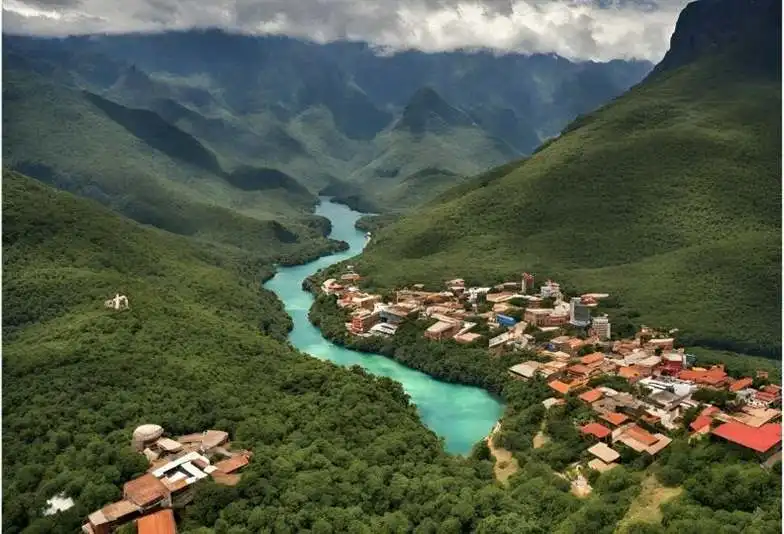
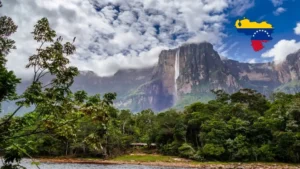





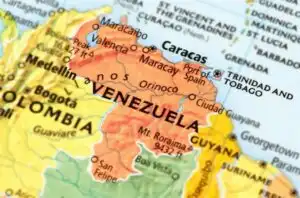
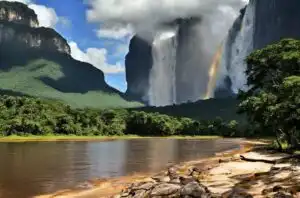

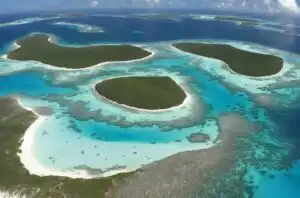




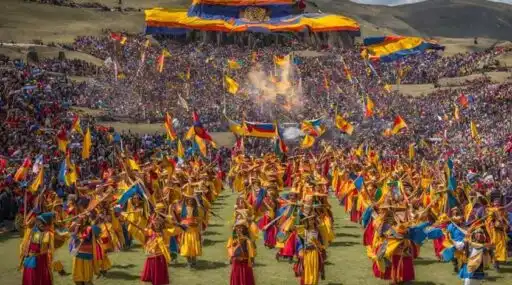


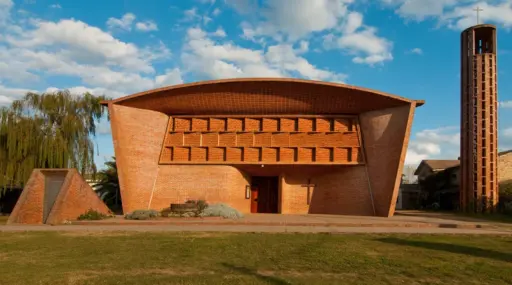



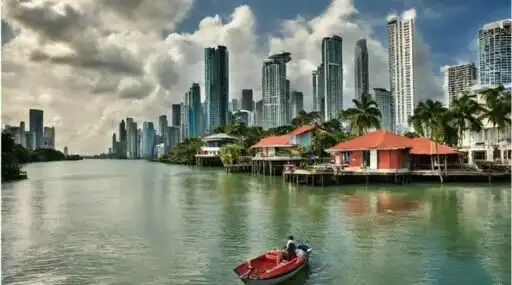

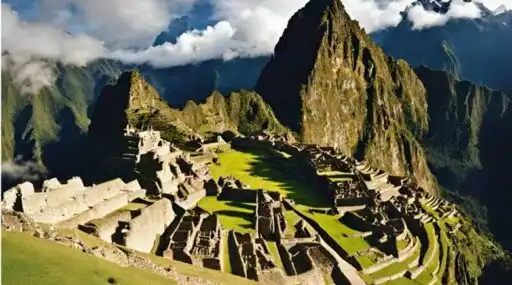






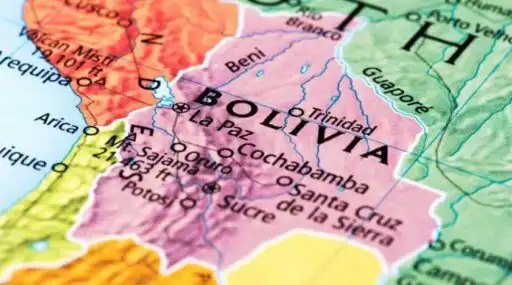






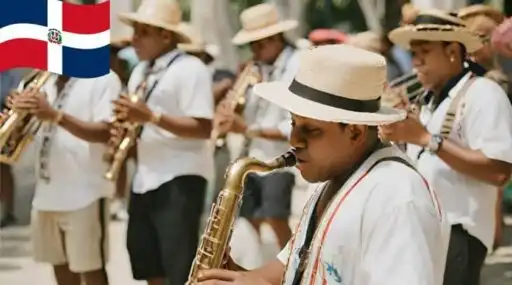

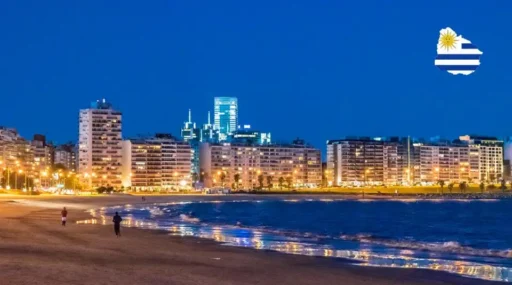




Leave a Reply